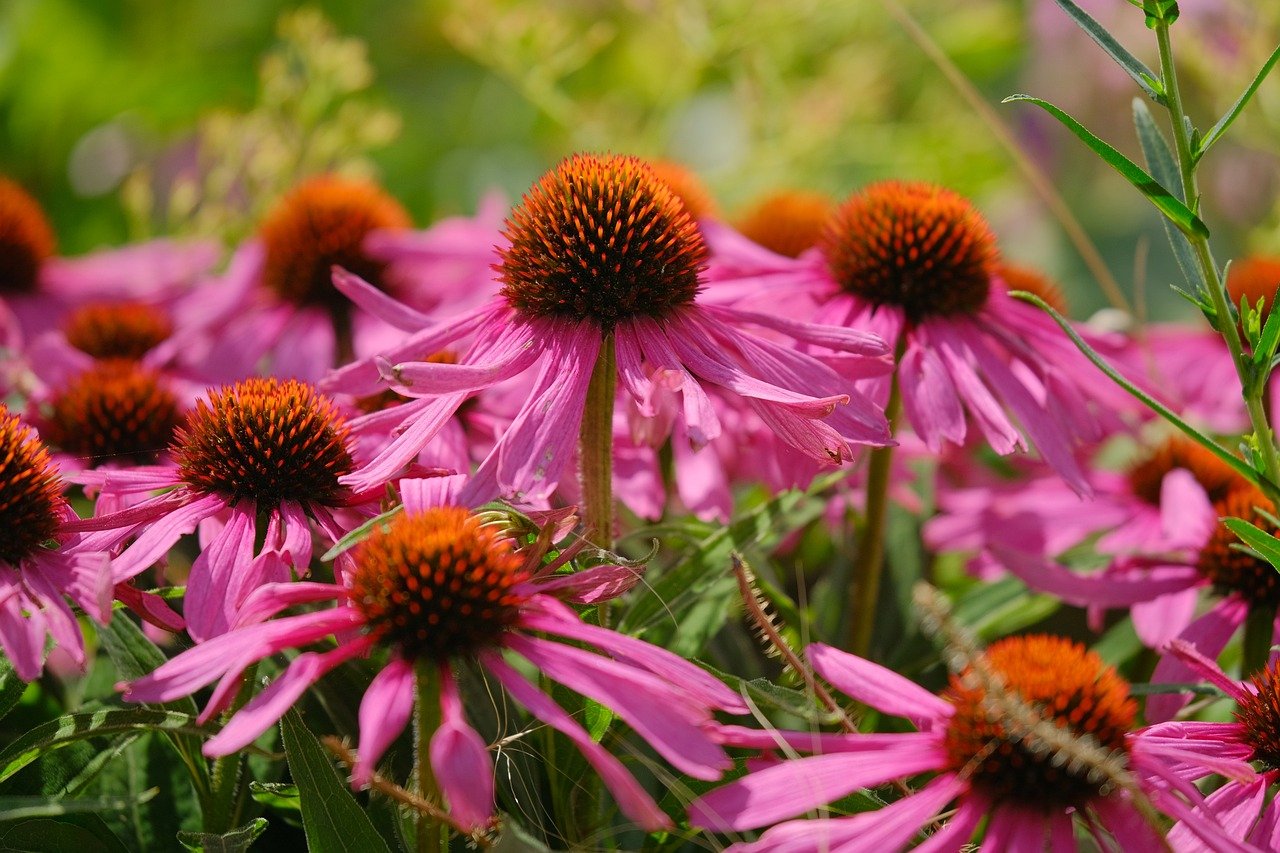
In this comprehensive guide, we will unveil the secrets to creating an enchanting perennial planting schedule for your Zone 8 garden. With careful planning and strategic plant selection, you can enjoy a stunning display of colors and textures throughout the year. So grab your gardening gloves and let’s dive into the wonderful world of Zone 8 perennials!
This post may have affiliate links. This means that sometimes when you click a link on our site and make a purchase on Amazon, we may earn a small commission at no additional cost to you. We only recommend products we truly believe in, and your support helps keep us running!
Understanding Zone 8
Nestled in a sweet spot on the USDA Hardiness Zone Map, Zone 8 offers a mild climate that is conducive to extensive array of perennials, including flowering plants, ornamental grasses, and evergreen shrubs. With an average minimum temperature range of 10°F to 20°F (-12°C to -6°C), Zone 8 provides the perfect balance between warm summers and cool winters. This favorable climate allows for an extended growing season, making it possible to cultivate an array of plants that can thrive year-round.
Choosing the Right Perennials for Zone 8
When it comes to creating a year-round beauty in your Zone 8 garden, selecting the right perennials is key. Here are some top choices that will keep your garden vibrant throughout the seasons:
- Spring Delights:
- Tulips (Tulipa spp.): These cheerful flowers bring a burst of color to your garden in early spring. Plant them in fall for a dazzling display.
- Bleeding Hearts (Dicentra spp.): With their heart-shaped blooms, these perennials add a touch of romance to your garden beds.
- Summer Stars:
- Daylilies (Hemerocallis spp.): These hardy perennials come in a variety of colors and bloom profusely during the summer months.
- Coneflowers (Echinacea spp.): Known for their daisy-like blooms, coneflowers are not only beautiful but also attract pollinators to your garden.
- Autumn Allure:
- Sedums (Sedum spp.): These succulent-like plants offer a stunning display of foliage and flowers in shades of red, yellow, and pink during the fall.
- Japanese Anemones (Anemone spp.): These elegant perennials grace your garden with their delicate blooms, adding a touch of grace to the autumn landscape.
- Winter Wonders:
- Hellebores (Helleborus spp.): Also known as Christmas Roses, hellebores bloom in the winter, showcasing their exquisite flowers when most other plants are dormant.
- Winter Jasmine (Jasminum nudiflorum): This vining plant produces bright yellow flowers during the winter months, bringing a touch of sunshine to your garden.
Decoding the Perennial Planting Schedule
Spring: A Flourishing Symphony
As the frost recedes and the earth awakens, spring offers a canvas for vibrant blooms and rejuvenation. Key elements of the spring planting schedule include:
- Early-Blooming Perennials: Embrace the arrival of spring with the enchanting beauty of daffodils, tulips, and hyacinths, which infuse the garden with a burst of color.
- Transitioning to Summer: Integrate perennials such as peonies, irises, and bleeding hearts to ensure a seamless transition from the exuberance of spring to the warmth of summer.
Summer: Sustaining Radiance
Amidst the sun-kissed days, the summer garden radiates with the splendor of an array of perennials. The summer planting schedule encompasses:
- Flowering Marvels: Harness the allure of coneflowers, black-eyed Susans, and daylilies to adorn the garden with enduring beauty throughout the summer months.
- Foliage Diversity: Incorporate ornamental grasses, such as fountain grass and blue fescue, to introduce a captivating interplay of textures and hues.
Fall: A Tapestry of Elegance
As the summer wanes, the garden undergoes a transformation, embracing the rich and warm tones of fall. The fall planting schedule features:
- Autumnal Accents: Enrich the garden with the resplendence of asters, sedums, and ornamental kale, which bestow a touch of opulence to the landscape.
- Evergreen Foundations: Integrate evergreen perennials like hellebores and bergenia to establish a steadfast presence amidst the evolving seasonal panorama.
Winter: Serene Resilience
Even in the hushed embrace of winter, the garden emanates an ethereal charm, courtesy of carefully selected perennials. The winter planting schedule includes:
- Structural Elegance: Embrace the architectural allure of evergreen shrubs such as boxwood and yew, which impart a sense of grace and permanence to the winter garden.
- Textural Intrigue: Introduce perennials like ornamental grasses and winter-blooming hellebores to evoke a sense of texture and delicacy against the backdrop of the winter landscape.
Nurturing Your Perennial Haven
Soil and Sunlight Considerations
Understanding the specific soil and sunlight requirements of each perennial is essential for fostering a thriving garden. Conduct soil tests and assess sunlight patterns to ensure that the chosen perennials are suitably placed and provided with the necessary growing conditions.
Watering and Maintenance Practices
Adopt a diligent watering regimen, tailored to the needs of the perennials, and implement regular maintenance tasks such as deadheading, pruning, and mulching to sustain the health and vitality of the garden throughout the year.
